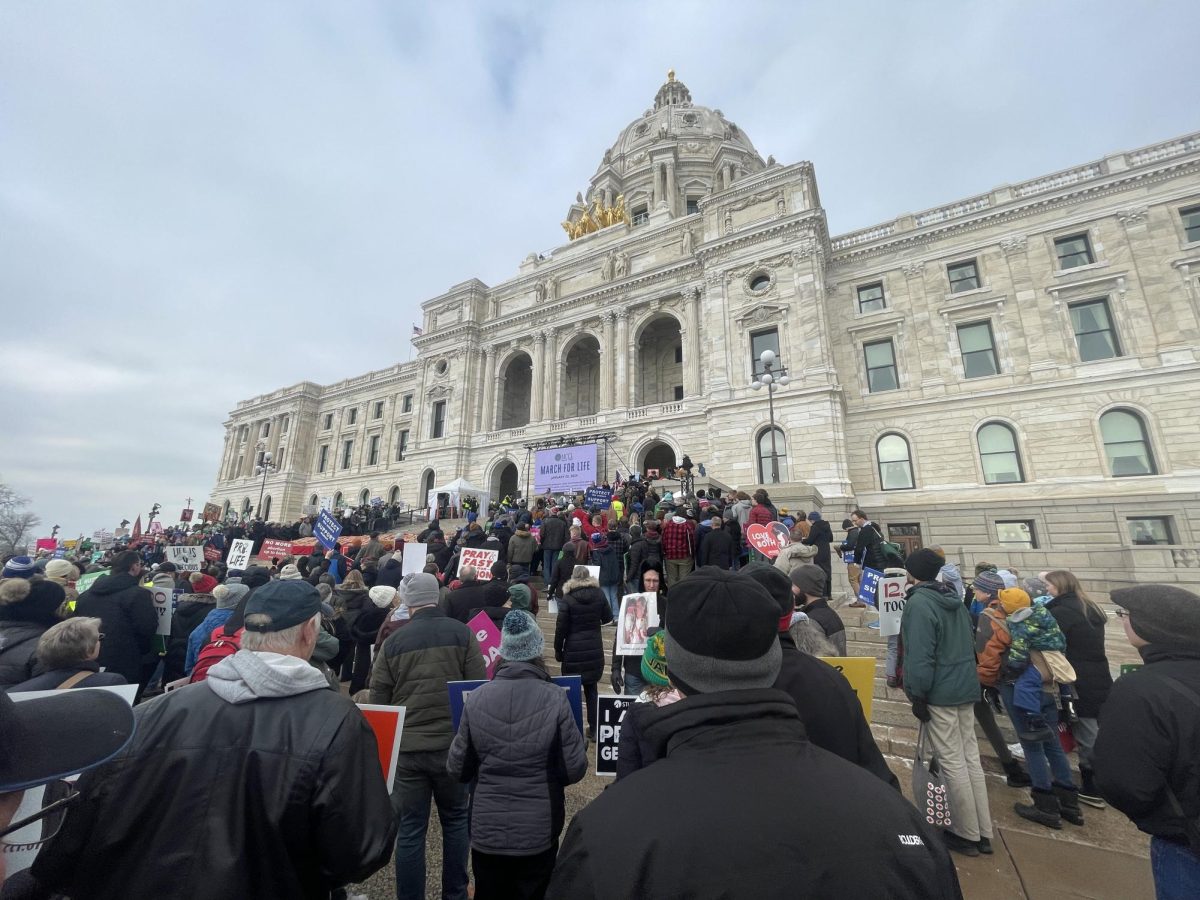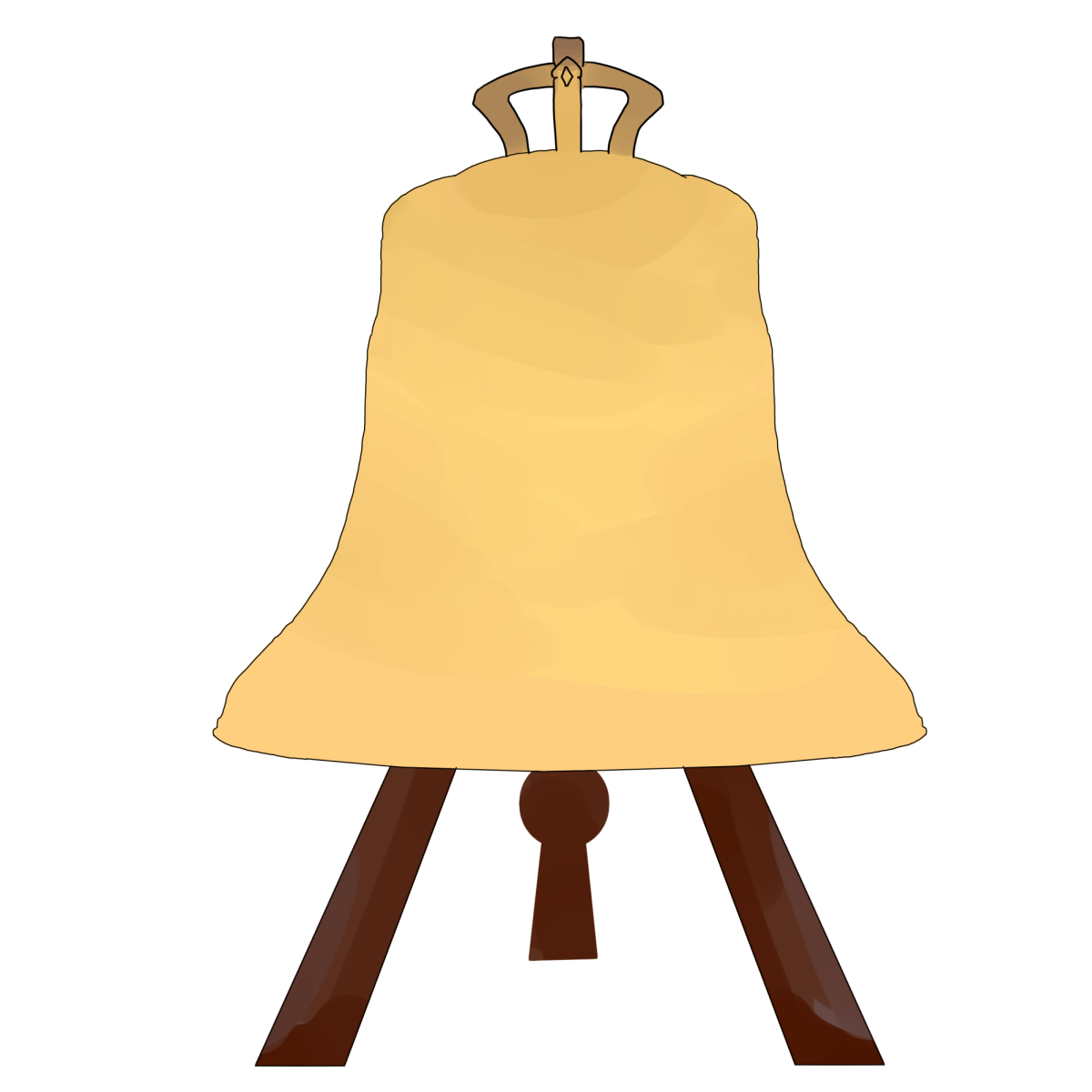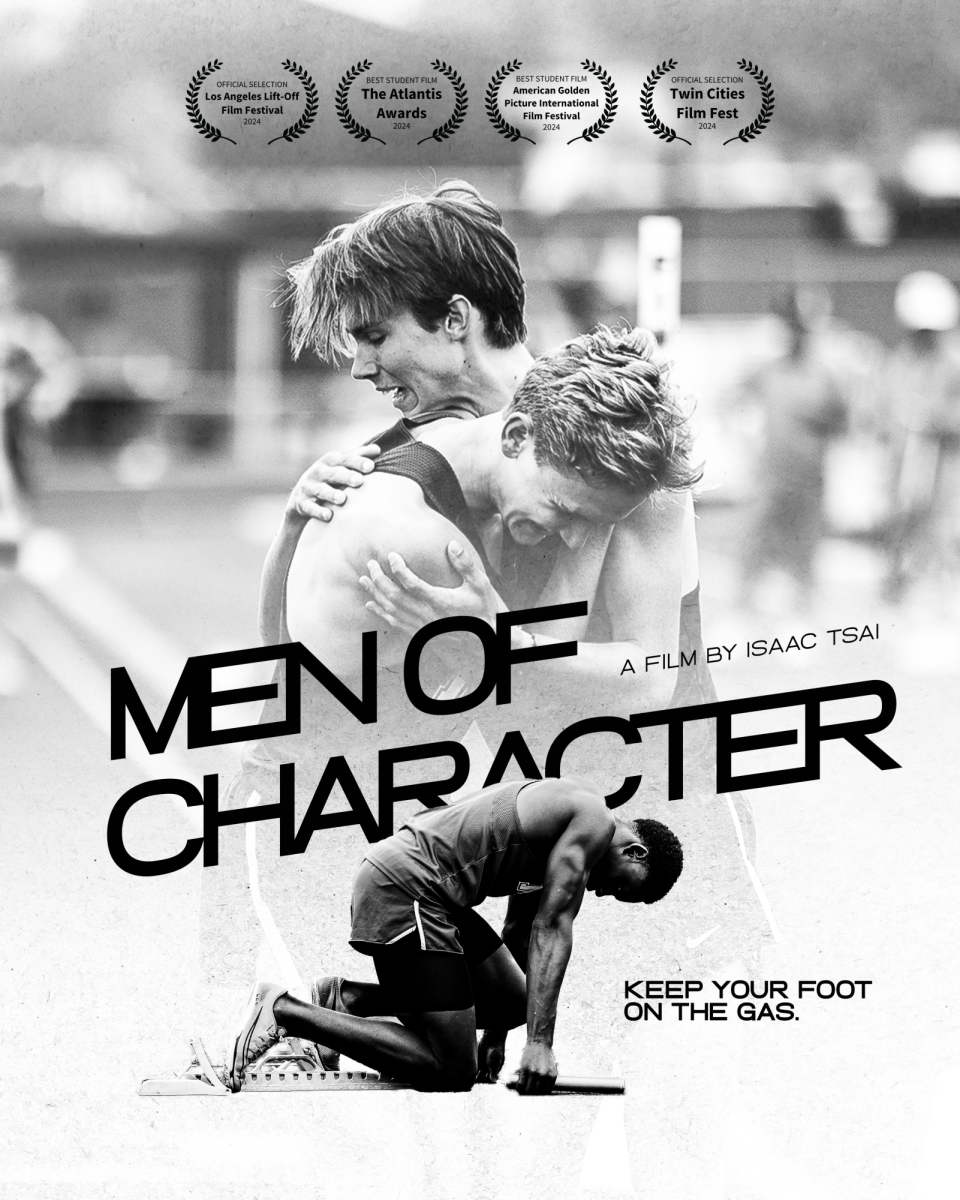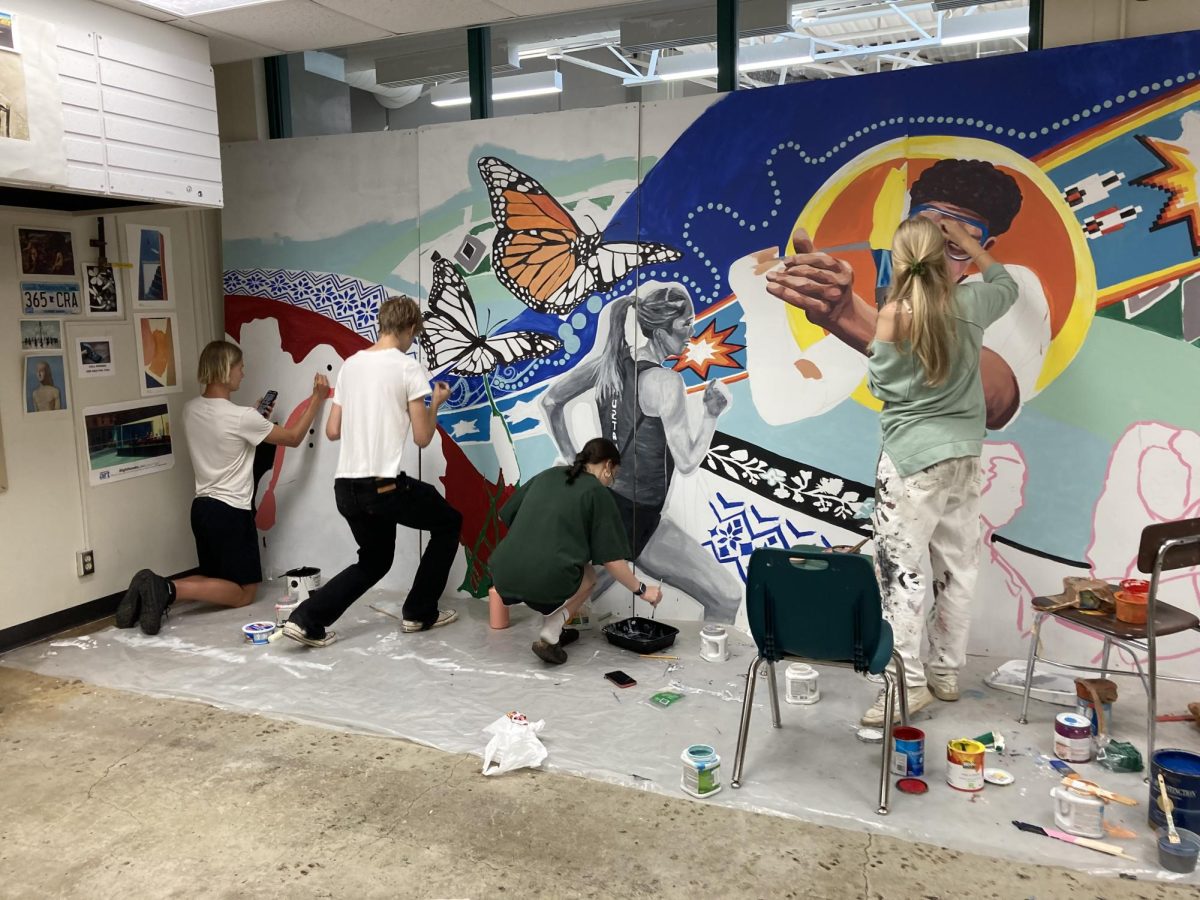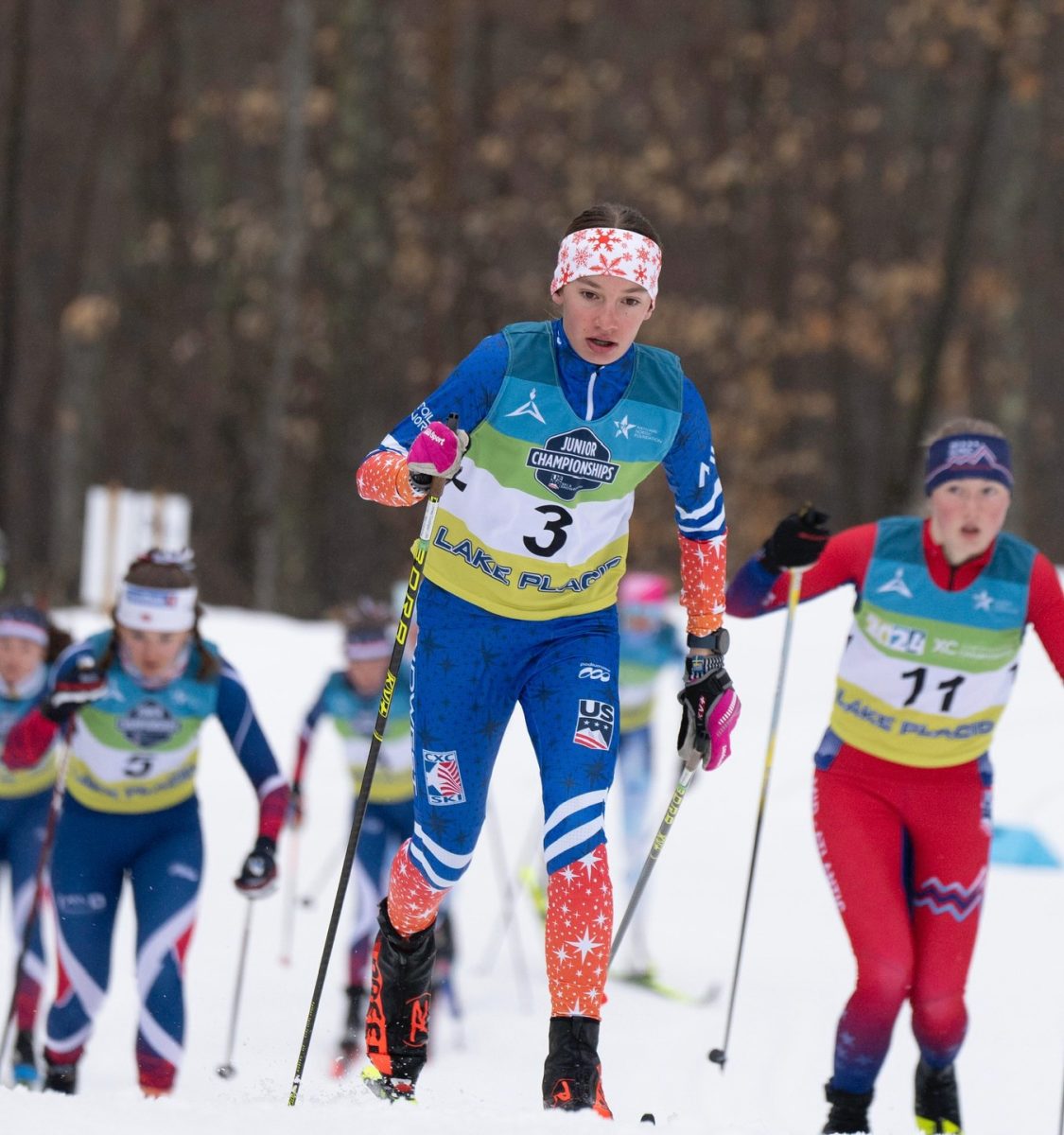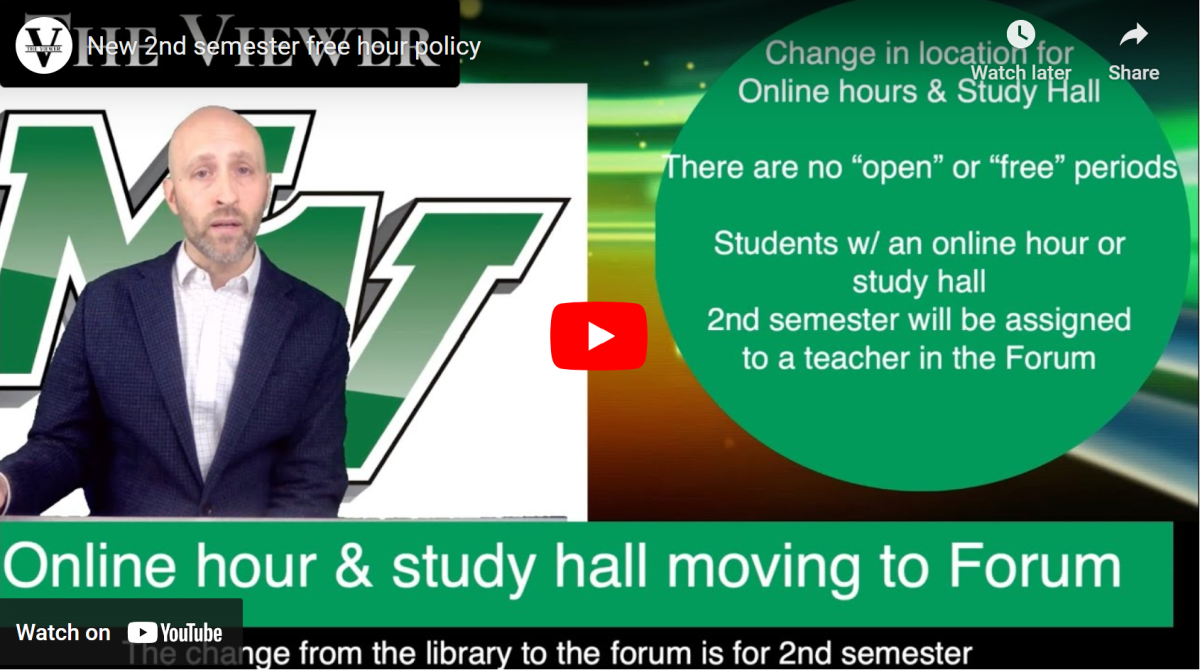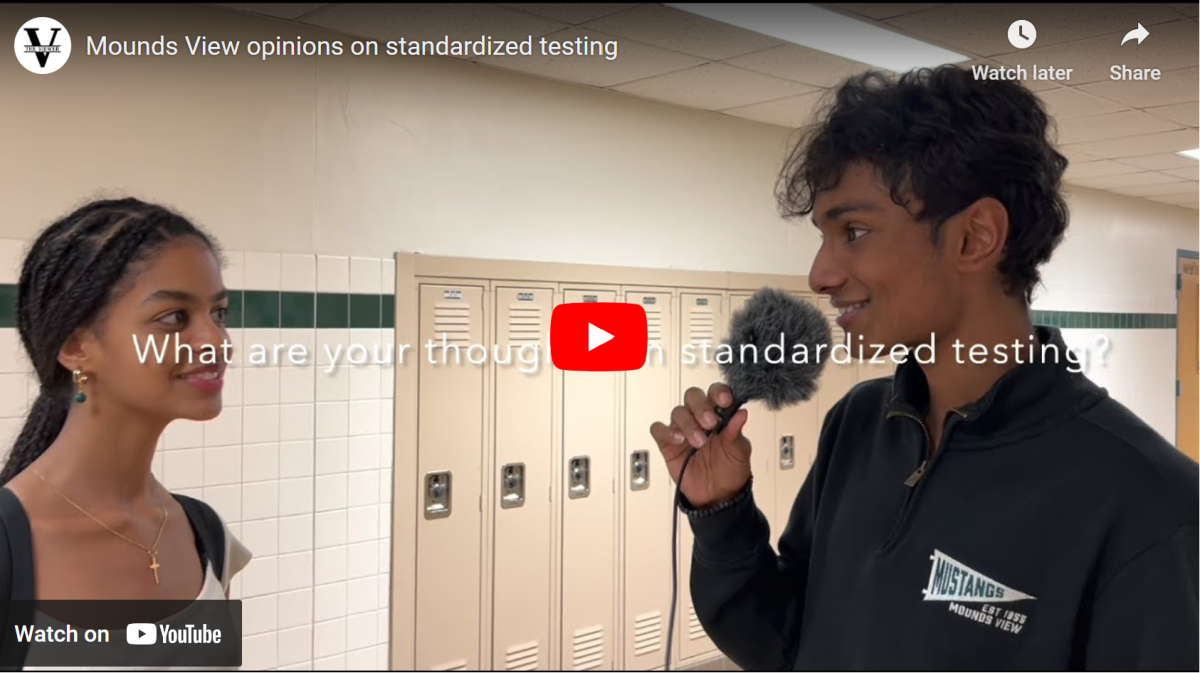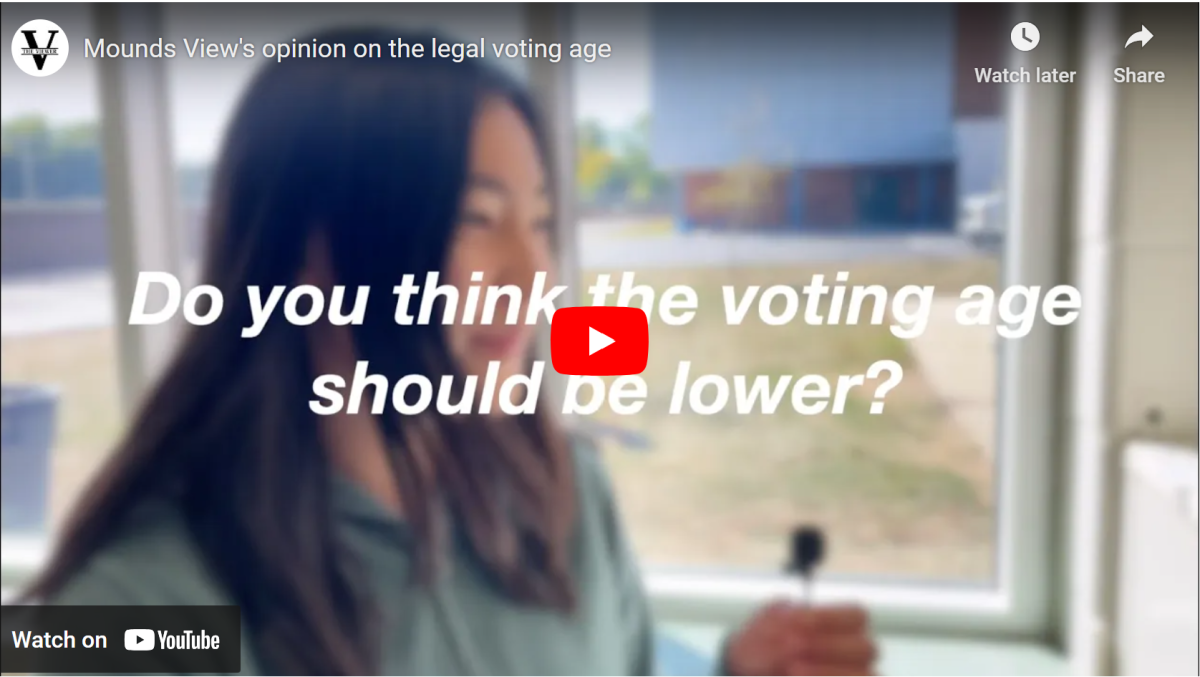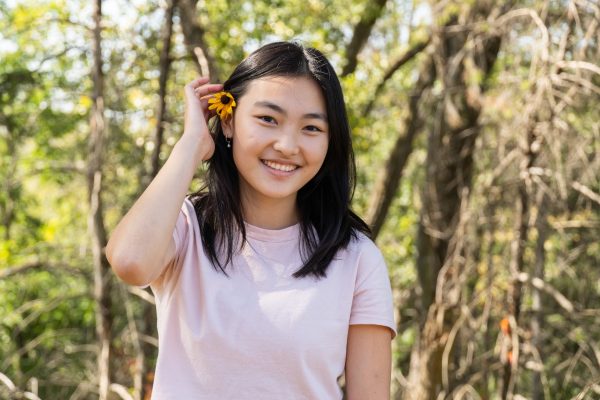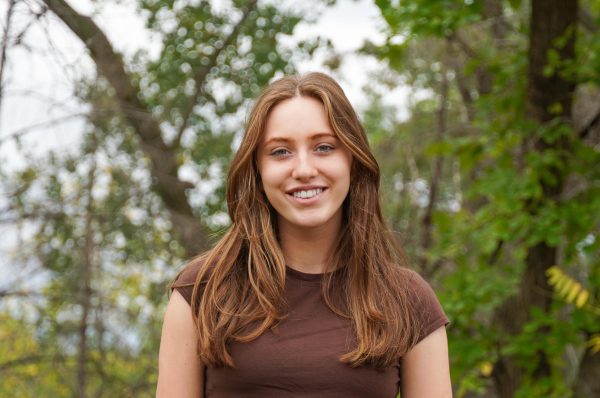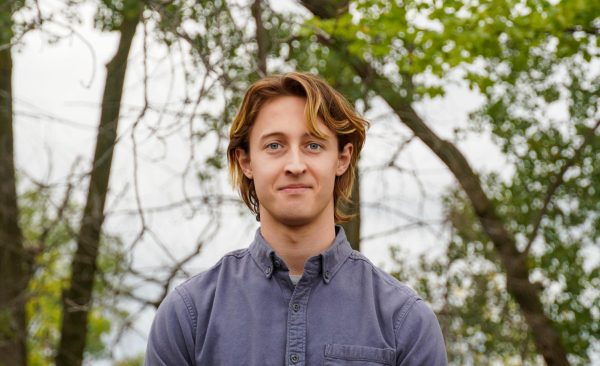(SOUNDBITE OF CAPITOL RIOT)
TYLER QUATTRIN, NARATOR:
Jan. 6, 2024, will mark the third anniversary of the deadly Capitol riot that disrupted the certification of the 2020 election results.
(SOUNDBITE OF CAPITOL RIOT)
QUATTRIN: Five people were killed, over 140 officers were injured, and according to an estimate by the Architect of the Capitol, the attack caused over a million dollars worth of damage to the Capitol building.
It seems as though social media played a large role in the insurrection. According to the Washington Post, an internal report from Jan. 6, 2021, showed Facebook user reports of “false news” hitting nearly 40,000 per hour with most reports coming from the president’s own account. Additionally, Facebook groups, such as Stop the Steal, fueled the chaos that culminated in the invasion of the Capitol on Jan. 6.
But to say that misinformation alone caused the Jan. 6 incidents would ignore the far deeper, more impactful role that conspiracy theories played in the chaos and destruction.
CAROLYNNE LADD, TEACHER:
People don’t believe what’s being said, and so they want to create their own story, something that can help explain it, something that goes better with their political beliefs. Then, they kind of latch on, especially if it’s something they truly disagree with, [with] what the public or what the government or whoever the person who said it. Then, they want to have some other alternate explanation.
QUATTRIN: Looking to expand beyond their primarily Facebook-using, baby boomer audience, conspiracy theories have recently hooked a new demographic: teenagers.
ALTON LUKE SUPENA, SENIOR:
I kind of got into it over quarantine. I was just bored, and I was just scrolling through YouTube, and the first thing I remember hearing about is how Princess Diana was murdered by the royal family purposefully because they didn’t want the whole scandal with Prince Charles to blow up, so they were just like, “Let’s get rid of her.”
QUATTRIN: Thanks to the advent of social media, conspiracy theories are infiltrating online spaces with a significant teen population, including TikTok, Instagram, Reddit and YouTube.
LUKE SUPENA: I feel like now, especially teenagers who are on social media like YouTube and TikTok, like for me, I got started doing this on YouTube, just scrolling through. And that influences a lot of how teens think, especially if you’re a screenager, and you’re scrolling through TikTok all day and all of a sudden you see “Hillary Clinton’s a lizard.” […] They’re like “Hollywood is doing this and that.”
QUINCY SHI, JUNIOR:
I don’t think it’s specifically exclusive to teens but more people who are chronically online or more well-versed with the internet space. Especially if they use Discord a lot, or other social media platforms such as Reddit.
QUATTRIN: On Nov. 4, 2015, Shane Dawson released the first video in his conspiracy theory series, which garnered millions of views and propelled him to the forefront of the conspiracy movement.
In his most popular, nearly two-hour-long video, which has amassed over 50 million views, Dawson disentangles a variety of far-fetched theories: one that iPhones secretly record their owners, another that children’s TV shows contain subliminal messages encouraging viewers to commit suicide…
(SOUNDBITE OF YOUTUBE VIDEO)
SHANE DAWSON: Now I’m going to warn you that this next theory is dark and probably one of the most unsettling ones I’ve ever talked about on this channel. And this theory starts with subliminal messages in children’s shows.
QUATTRIN: …and another that the deadly wildfires in California were due to a high-power, military-operated laser beam.
Dawson never explicitly deems any conspiracy to be true, but by propagating unverified information, he arguably promotes potentially dangerous, conspiratorial thinking. Innocent or not, the popularity of Dawson’s series highlights the growing appeal of conspiracy theories, especially among the younger generation.
In 2023, the Center for Countering Digital Hate found that 60% of 13 to 17-year-old Americans agreed with four or more harmful conspiracies — which included anti-vaccine statements, racist rhetoric and COVID-19 misinformation — in comparison to 49% of adults.
There is a reason why conspiracy theories are more popular with teens than adults: They provide explanations for confusing happenings in the world. Some teens, with a limited understanding of how the world works, are likely to believe the first thing they hear, even if it is false — a phenomenon known as anchor bias.
SHI: There are memes that spread conspiracy theories and people just fall for it because they don’t necessarily fact-check those things.
LADD: You kind of just flood to whatever the hype story is, and I think that’s dangerous because then you can believe things that are not accurate and people can lead you down a road that is whatever they want you to believe.
QUATTRIN: Conspiracy theories persist in society, often due to a lack of media literacy education and their prevalence in the media. With the dangerous impacts of conspiracy theories, increased education and social media regulation may be a key prevention tactic.
LADD: I think the biggest way is research, like encouraging people to research. One of the things that I feel bad about, because I have so many things I have to get through now because every teacher has to get through x, y and z — which has pros and cons — is I used to do current events every single week in my class because I prioritize that as being something that we should know about, but I don’t have time [now]. But that was one way I feel, if I were to go back, I would want to always include it when I can. But because there’s not as much freedom to do what you want to do as a teacher, I think that one of the best ways to combat those is to give actual factual evidence about what’s going on, and then have students know what’s going on.
QUATTRIN: Thank you for watching. Read more about the rise of conspiracy theories in our latest in-depth piece on mvviewer.org.



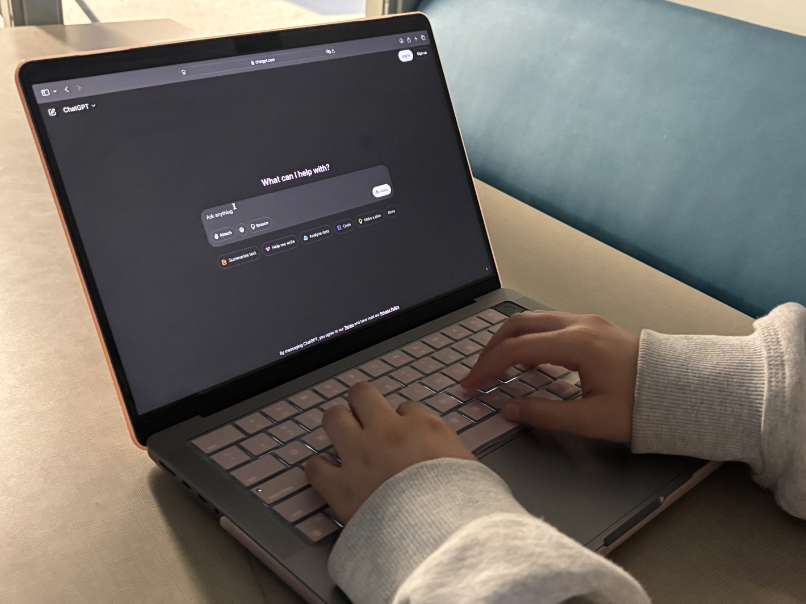
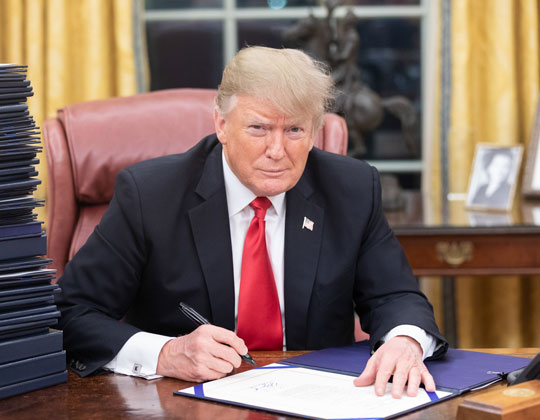
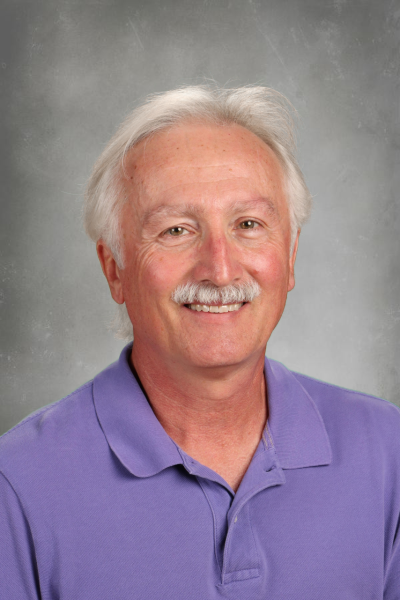
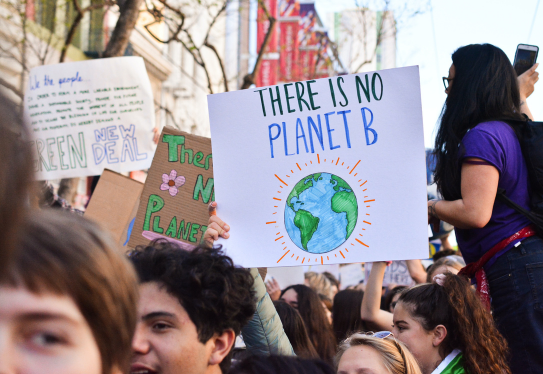

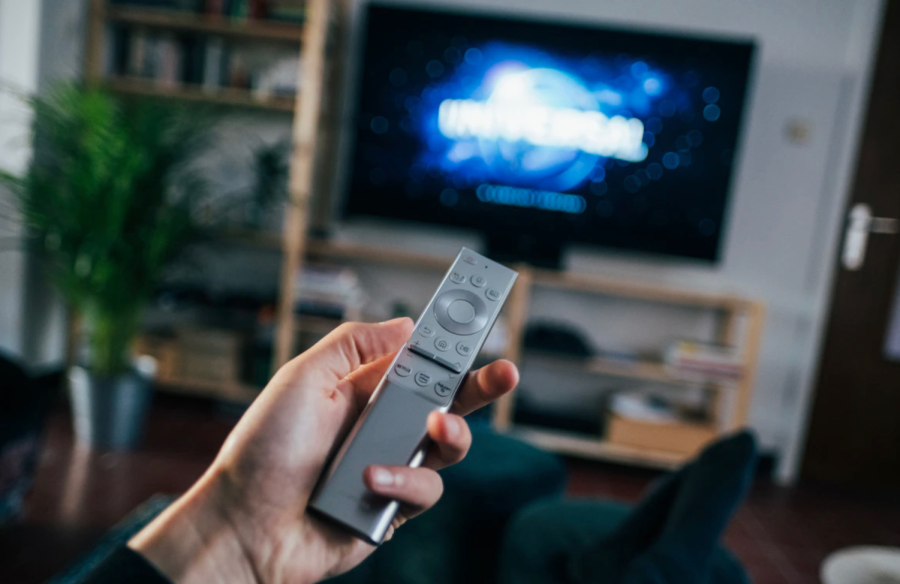
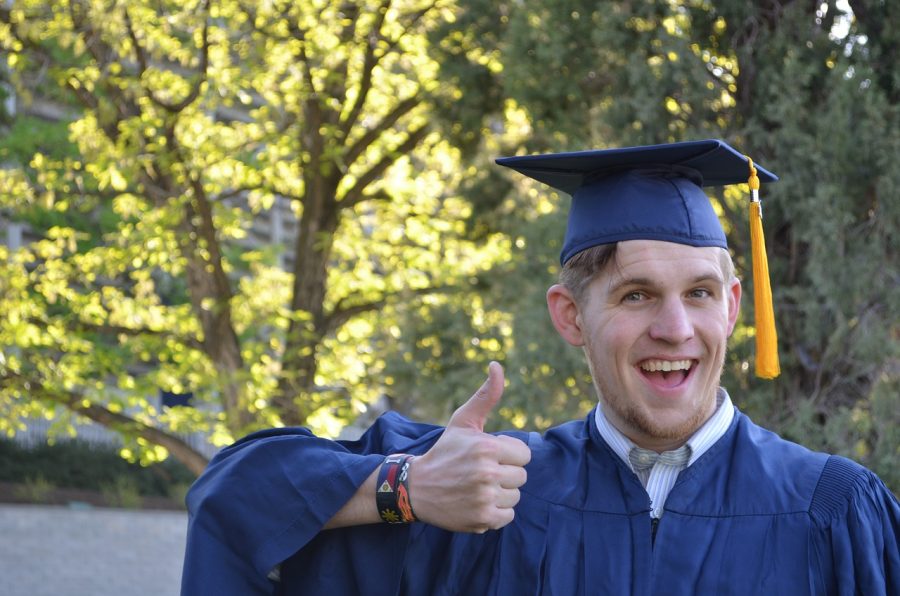
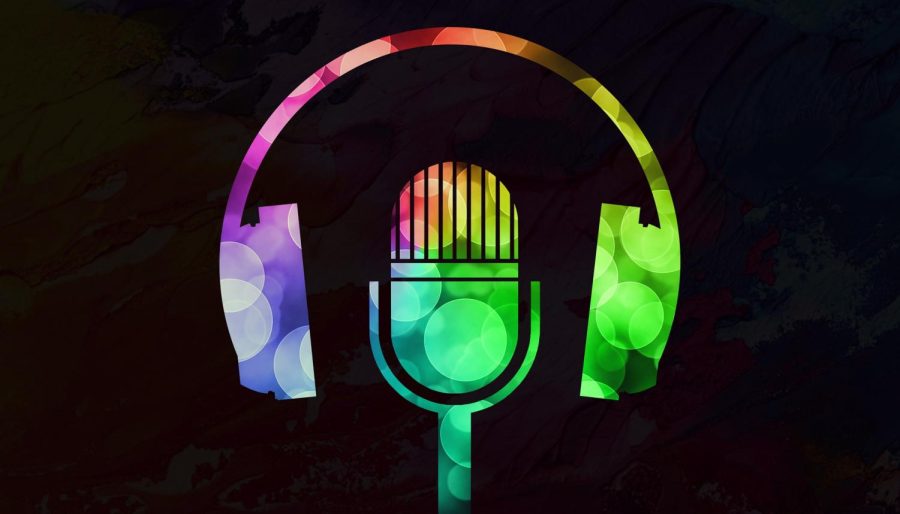
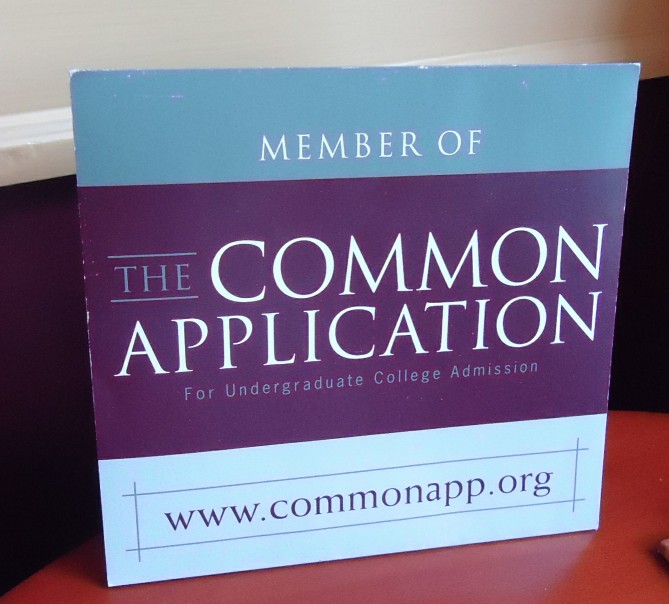
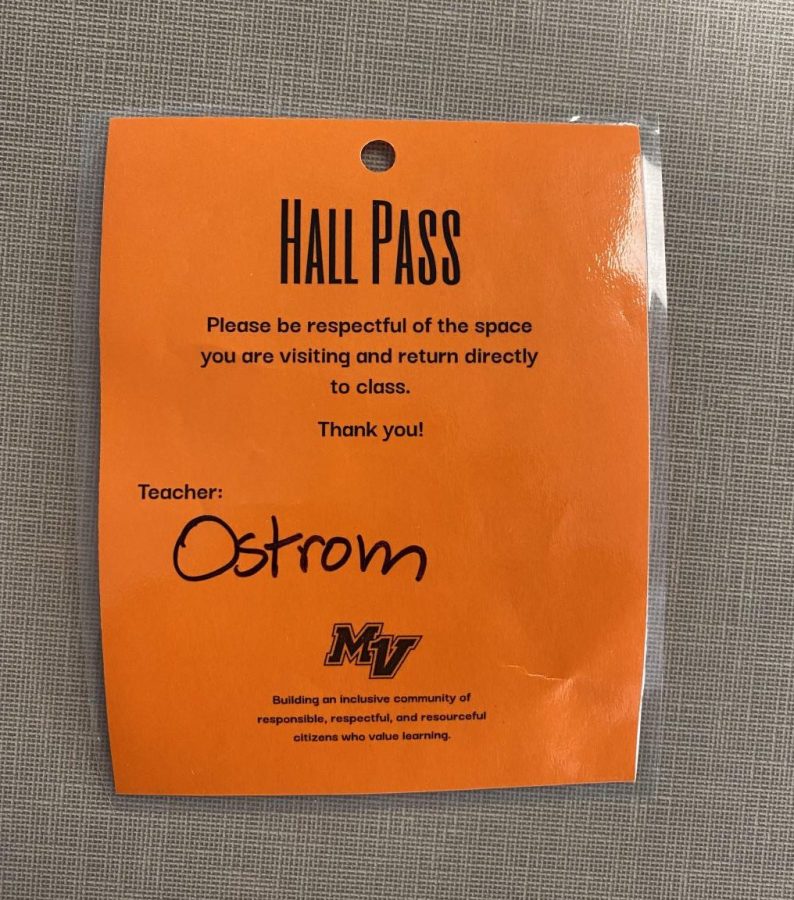
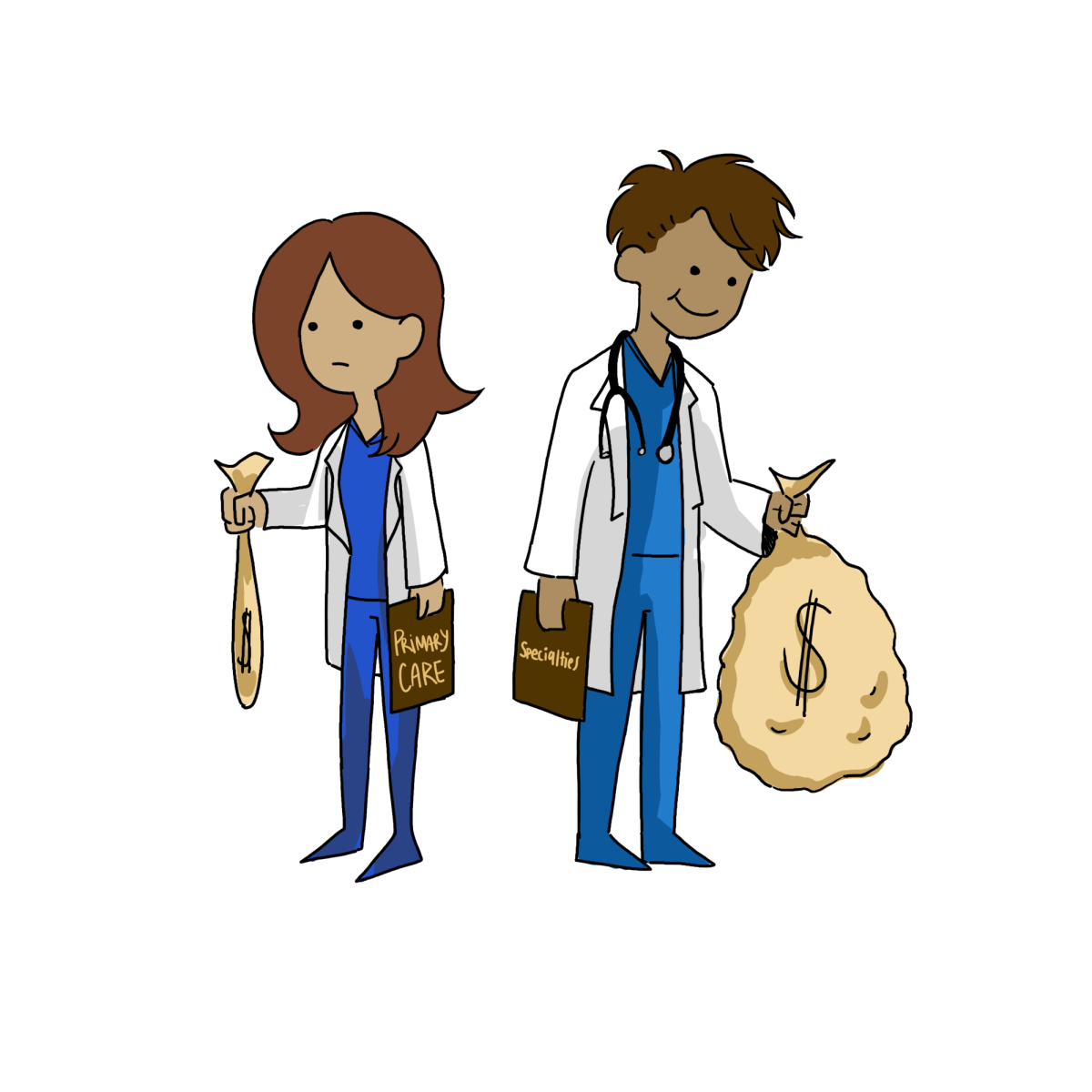
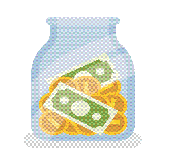
![[DEBATES] Prestigious colleges: value or hype?](https://www.mvviewer.org/wp-content/uploads/2024/12/buildings-1200x654.png)
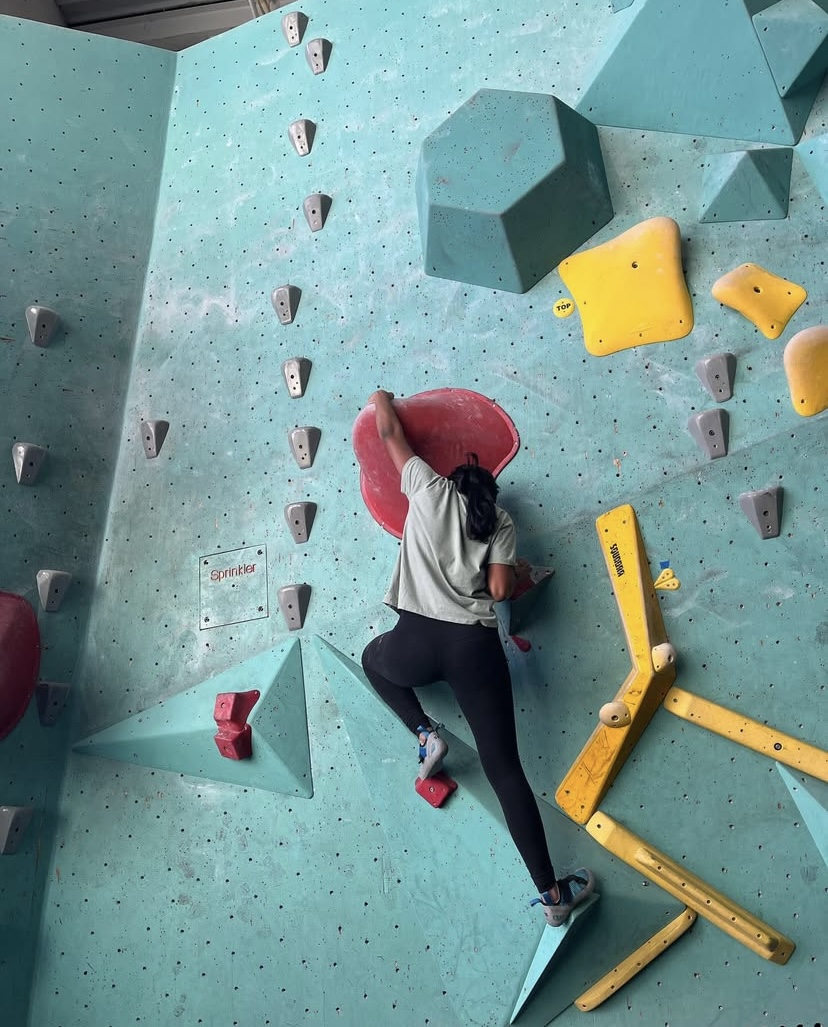
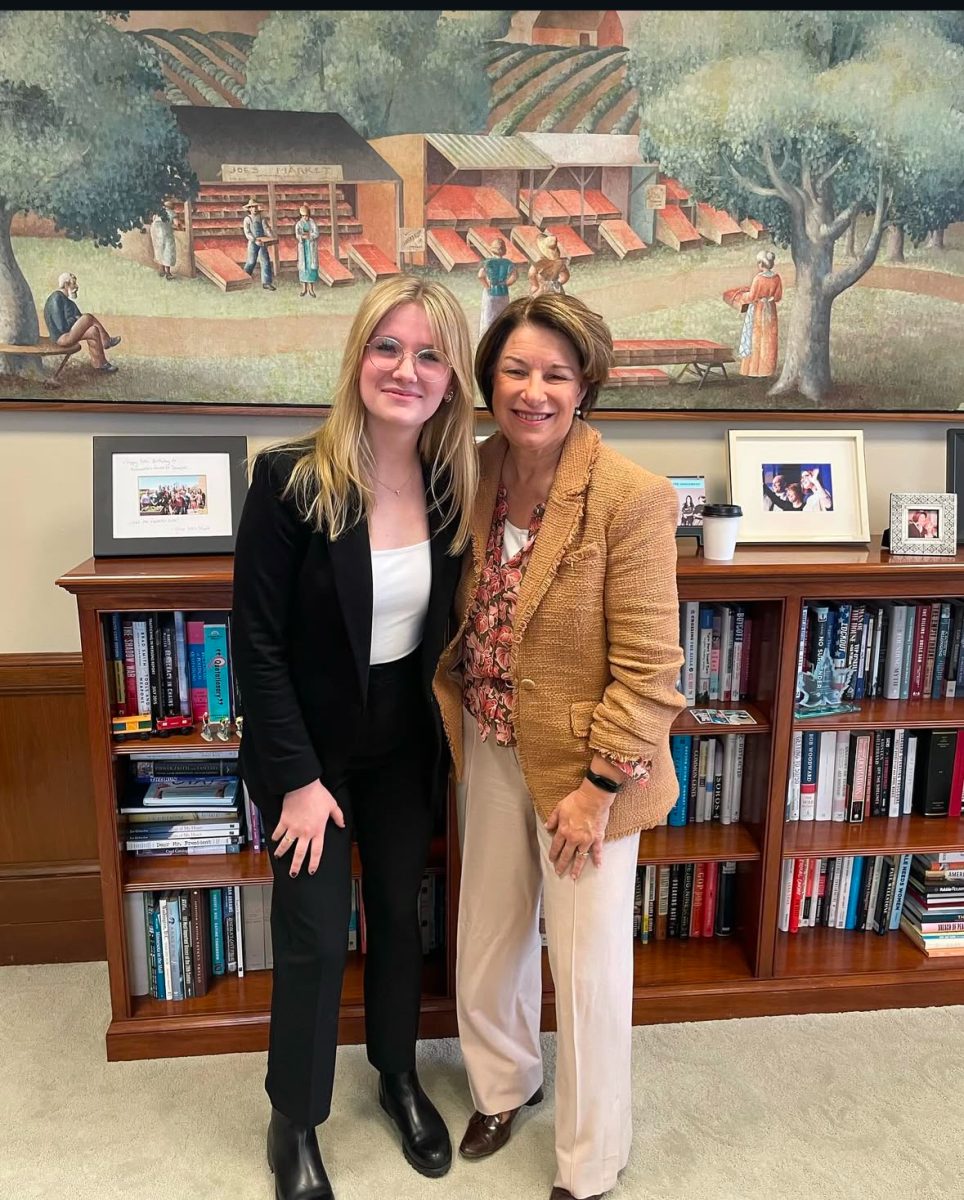
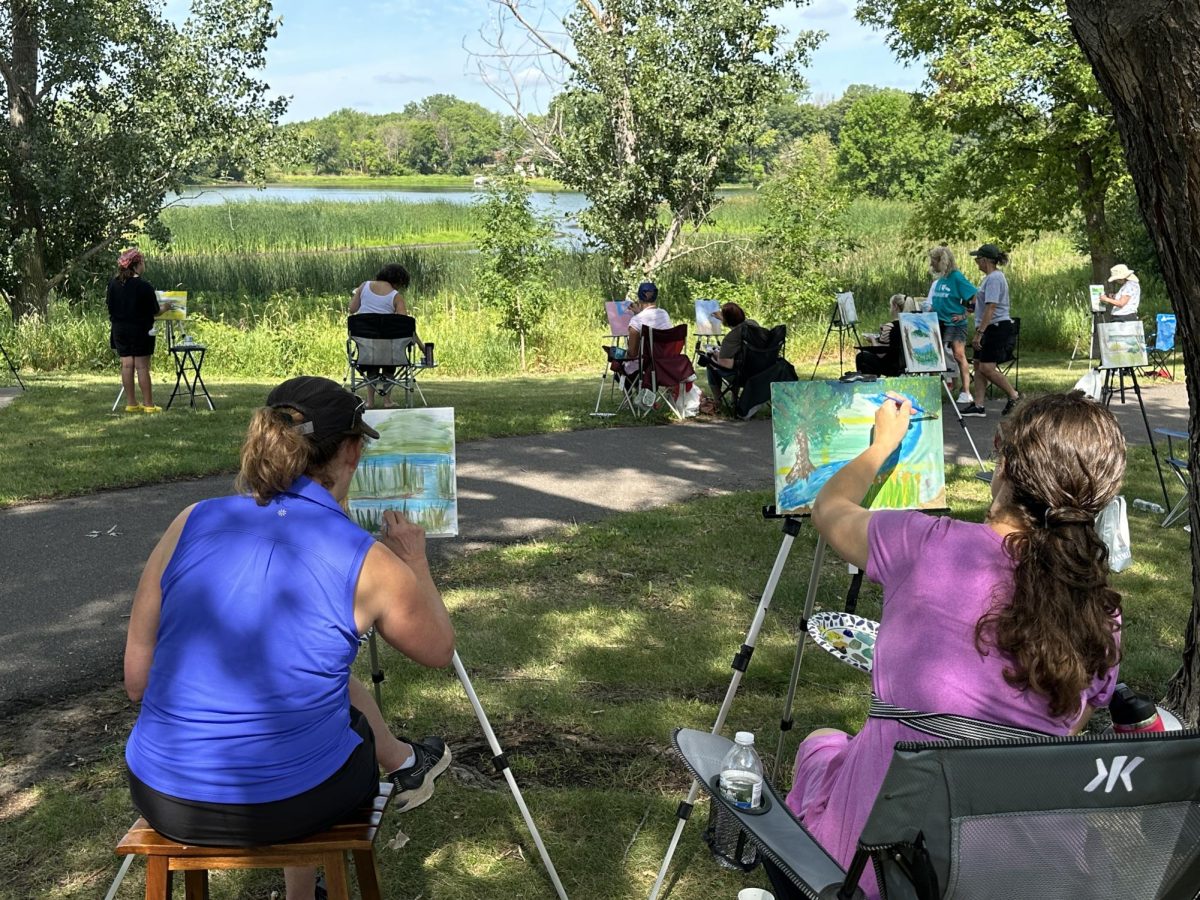
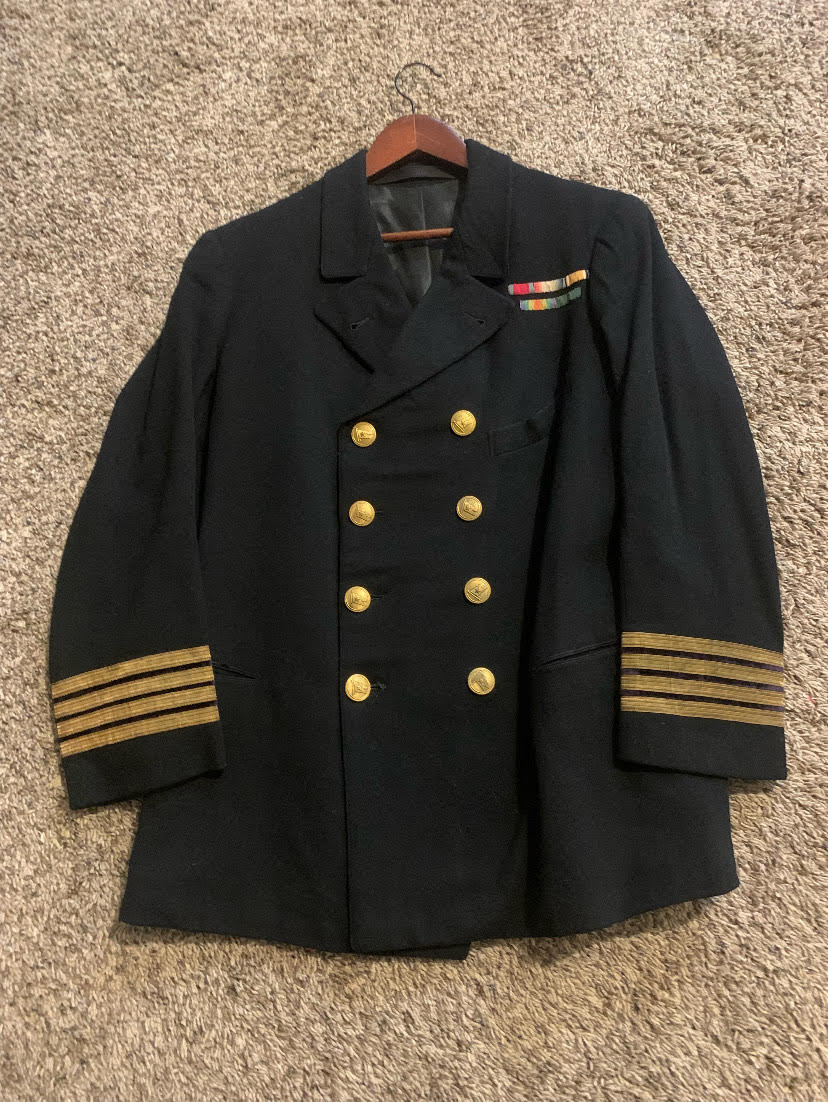
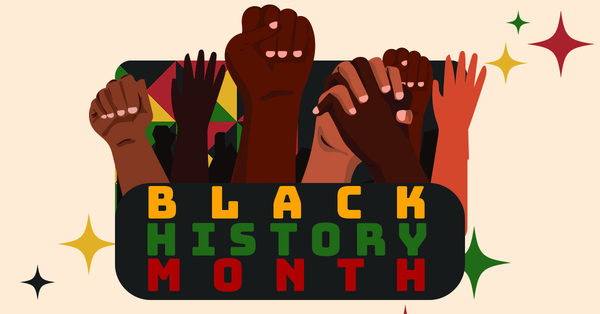
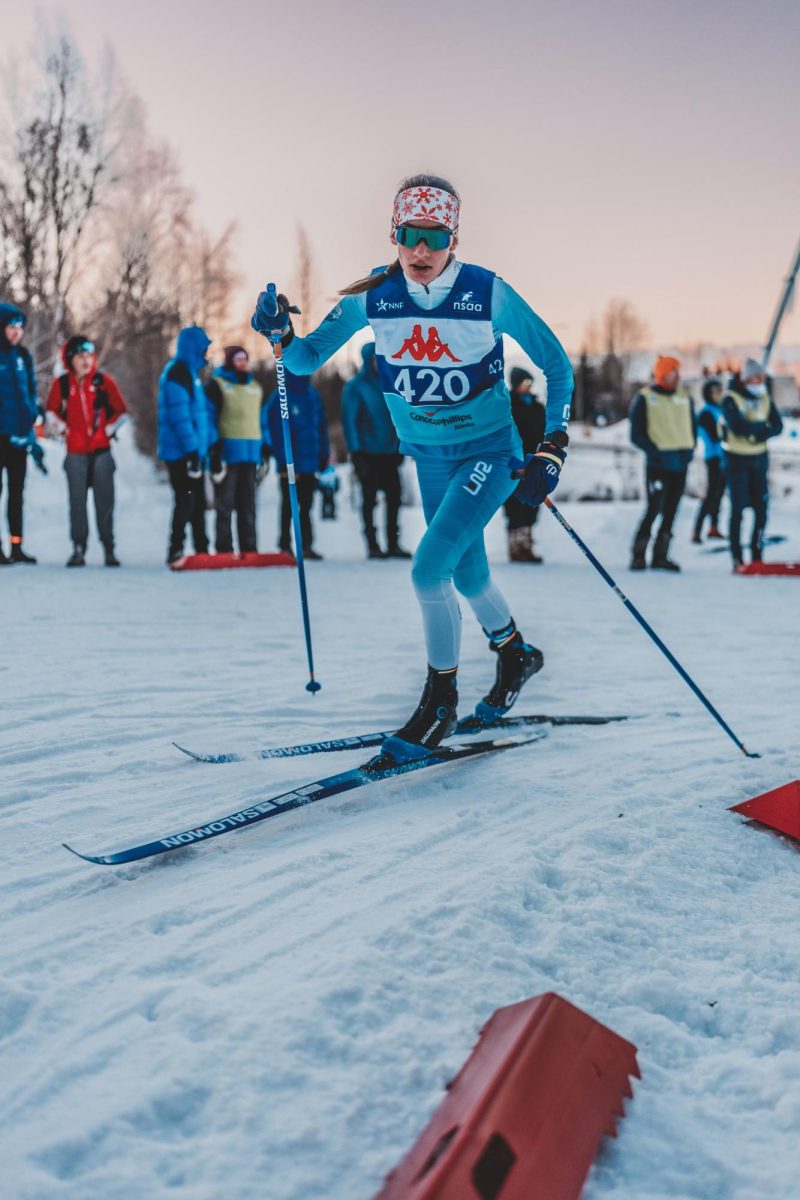


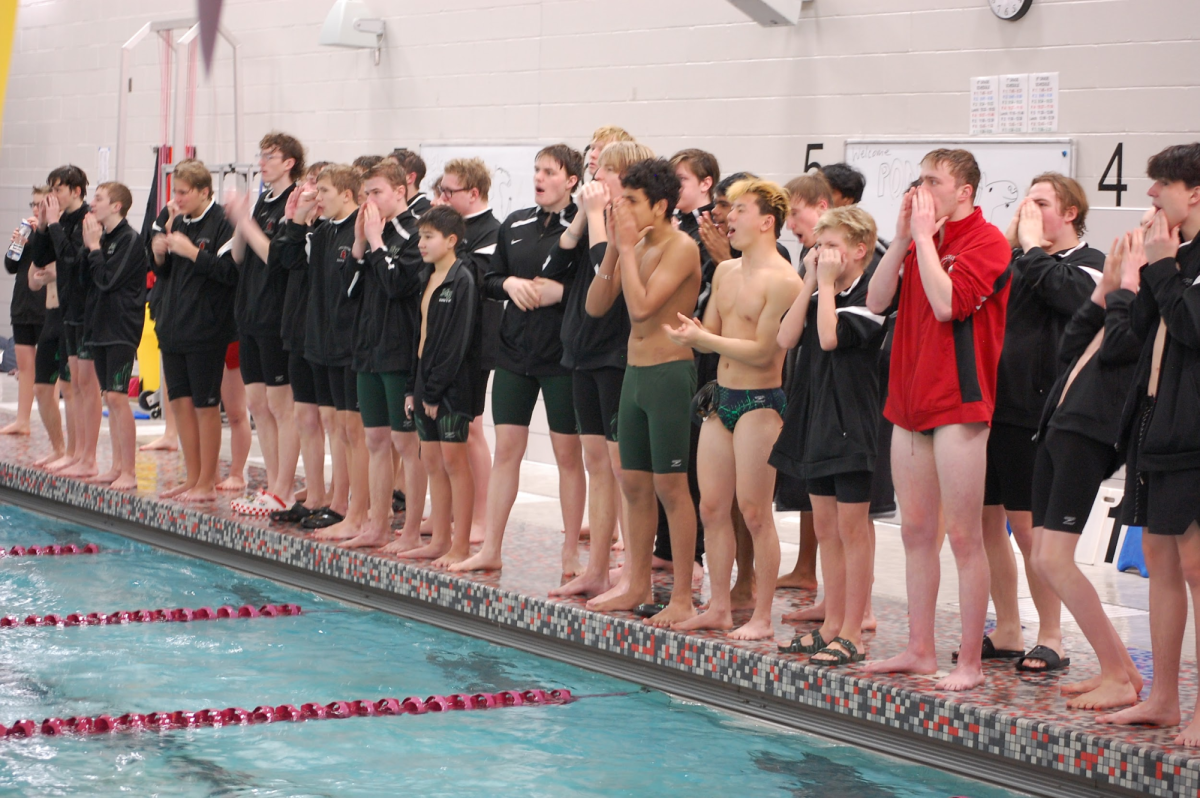


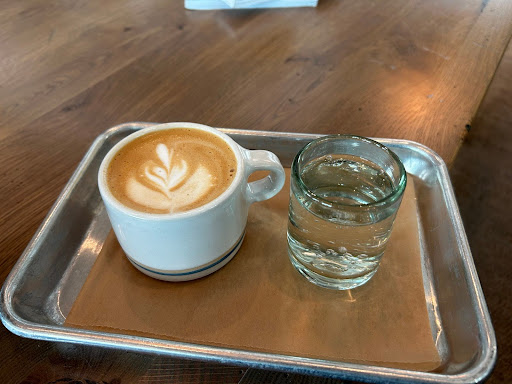
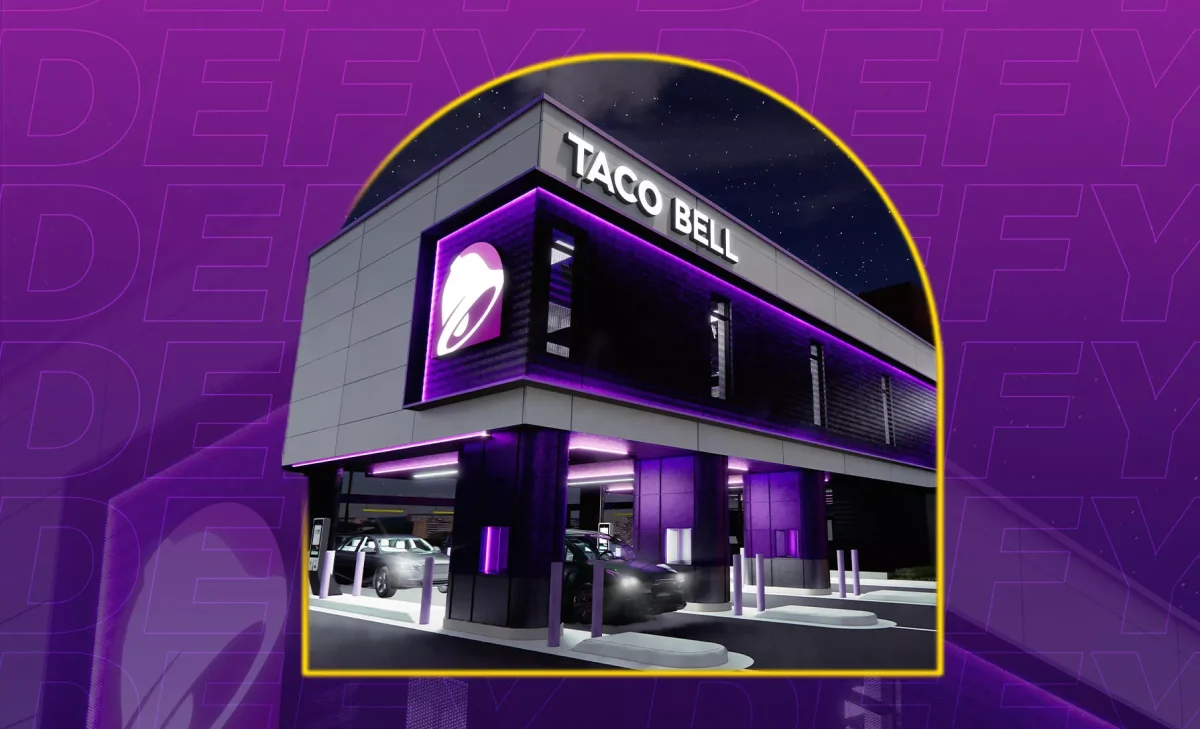
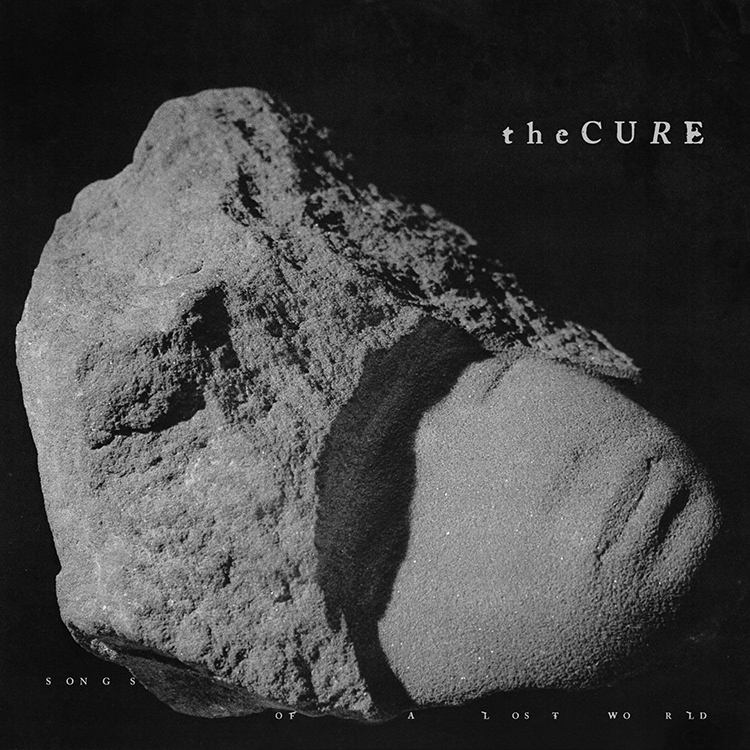
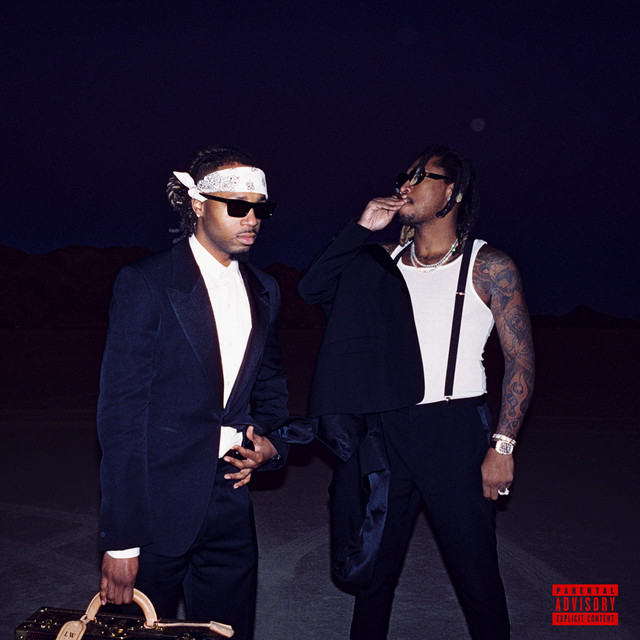
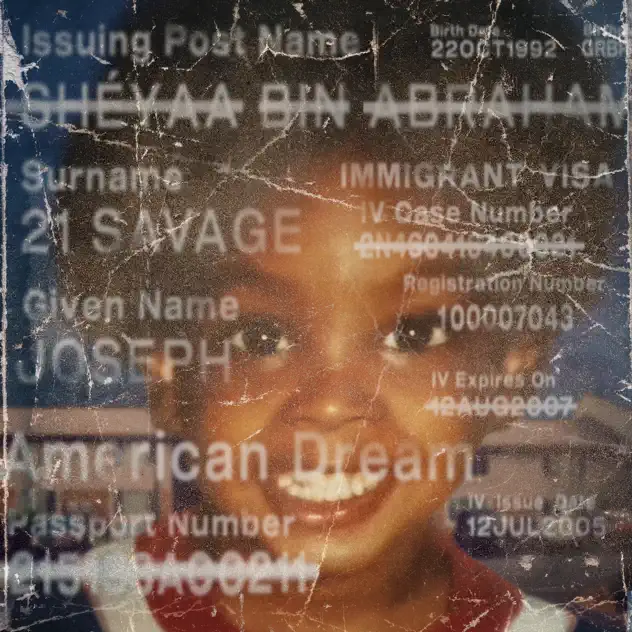
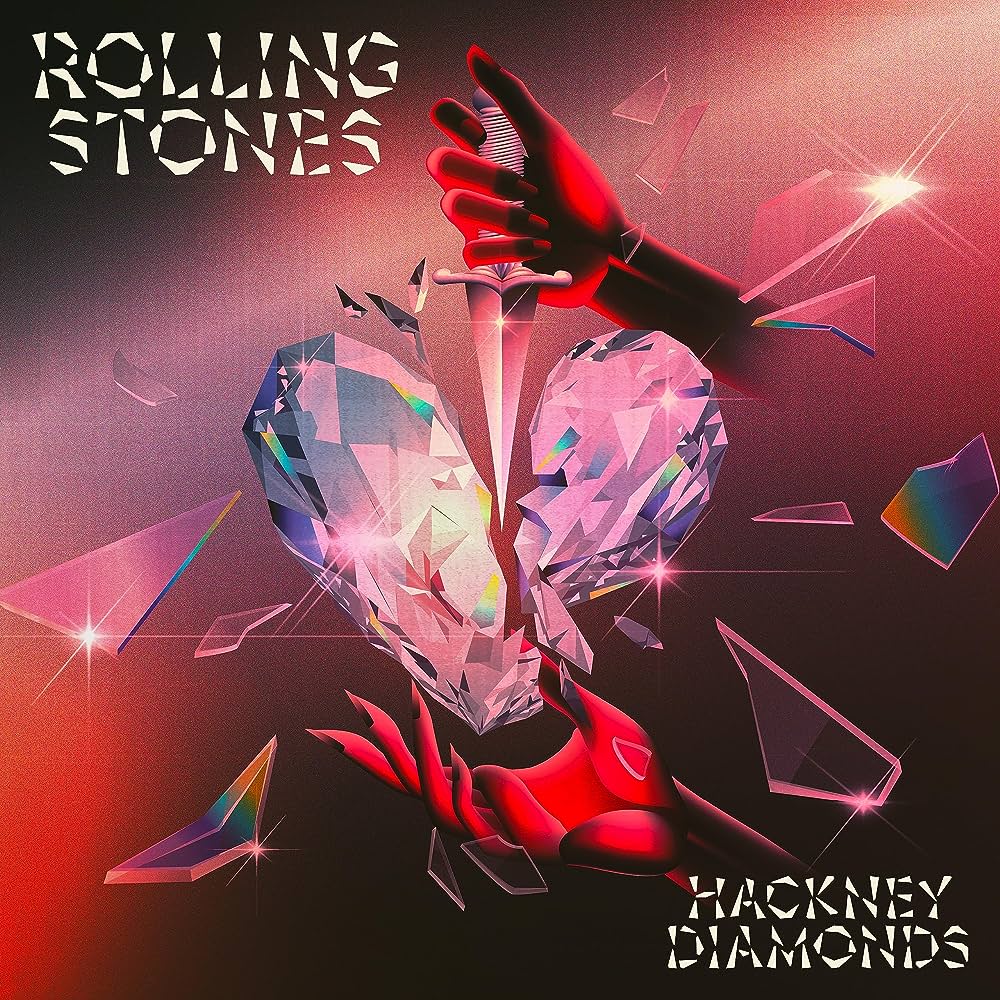
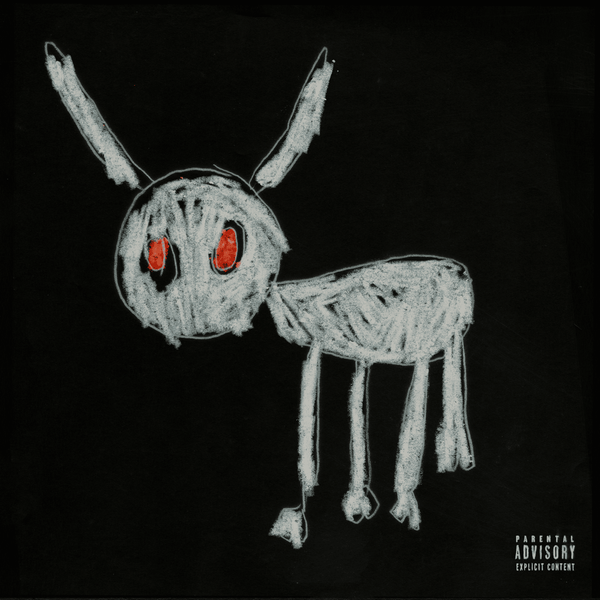
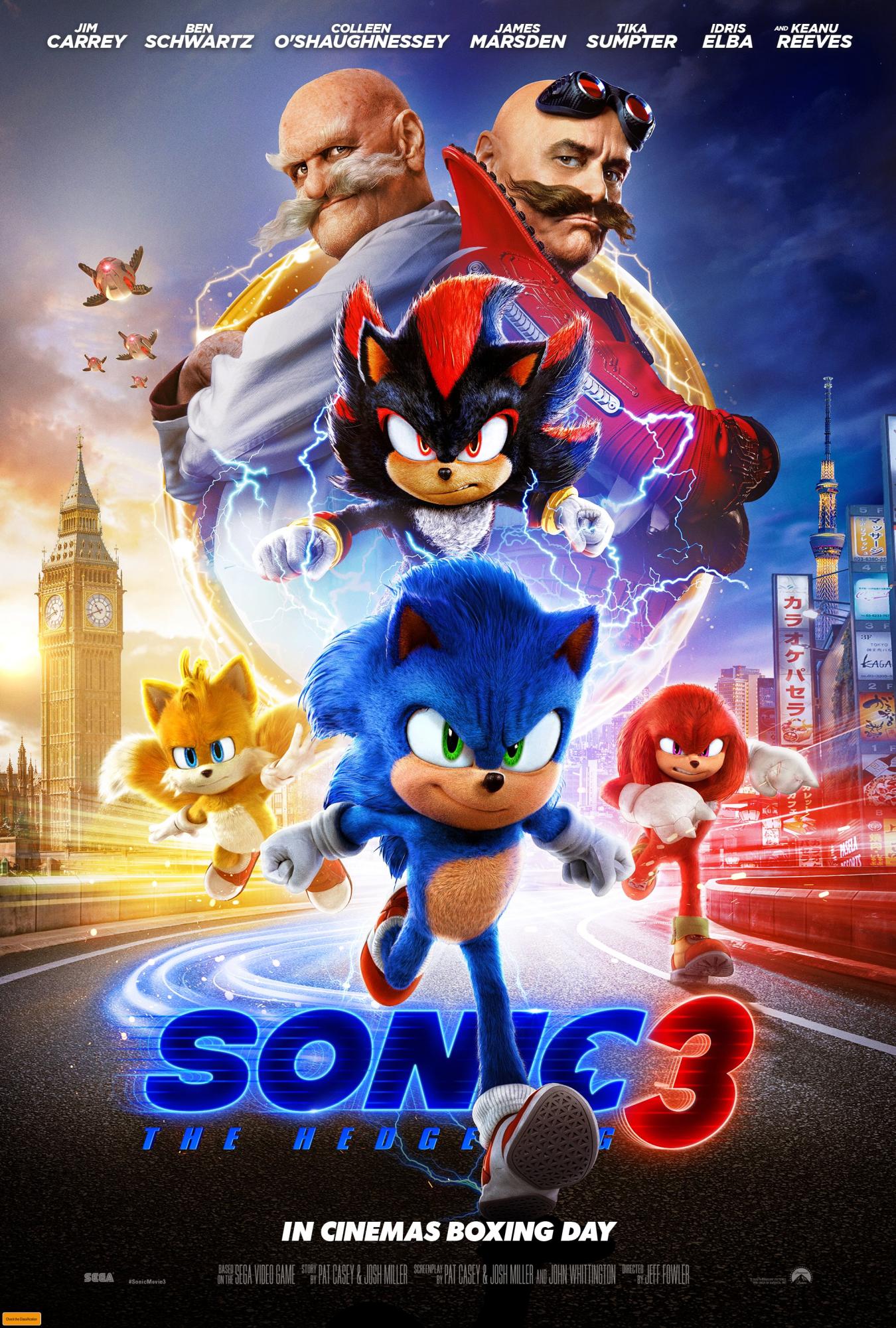
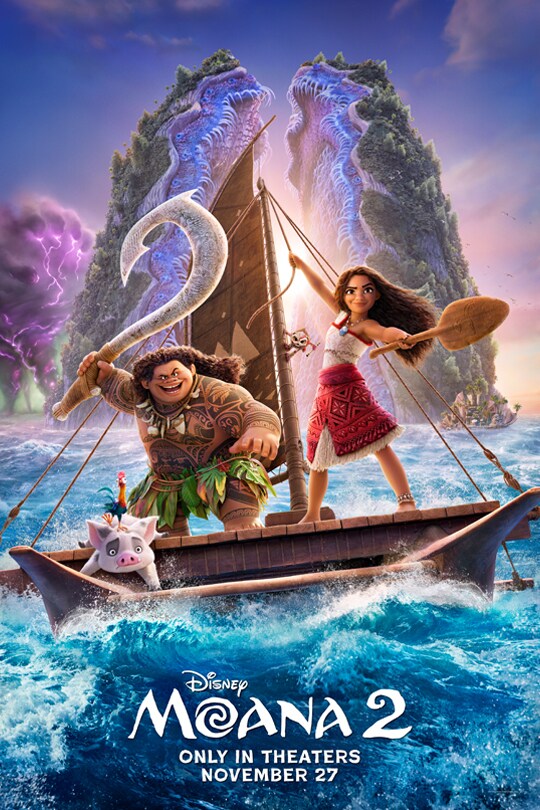
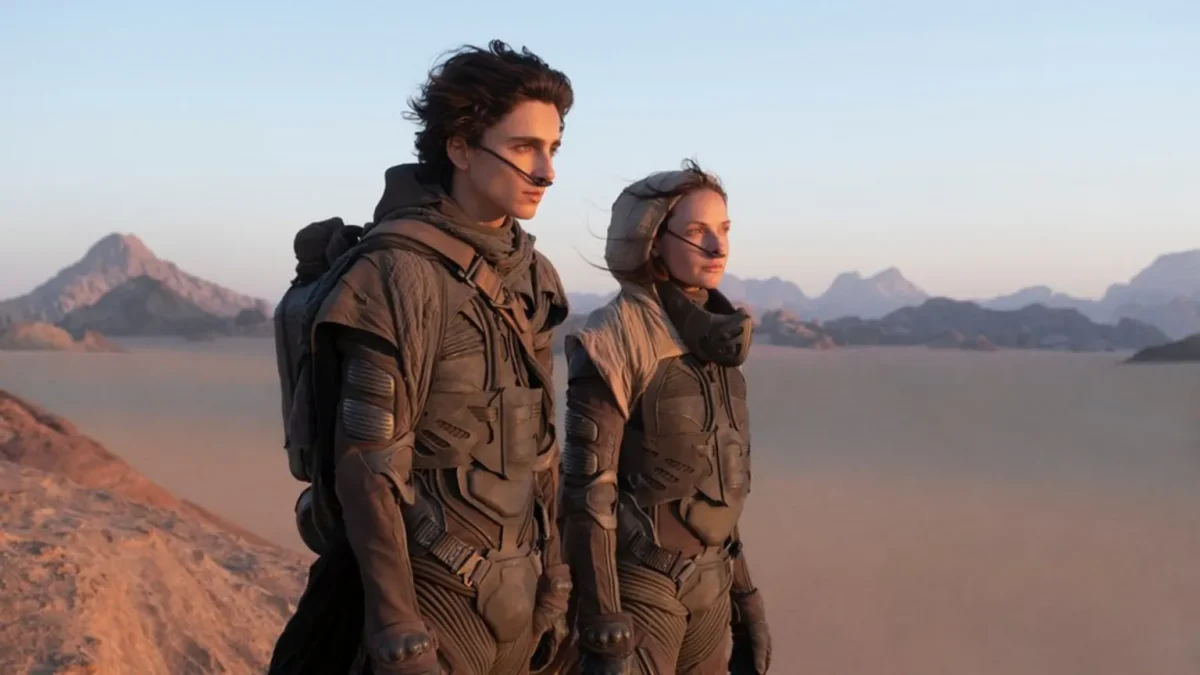
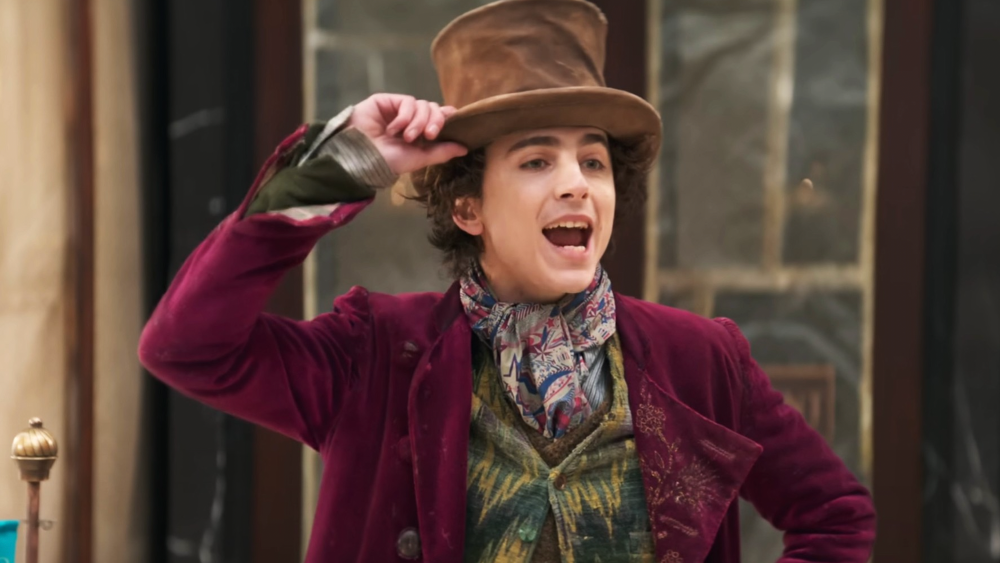
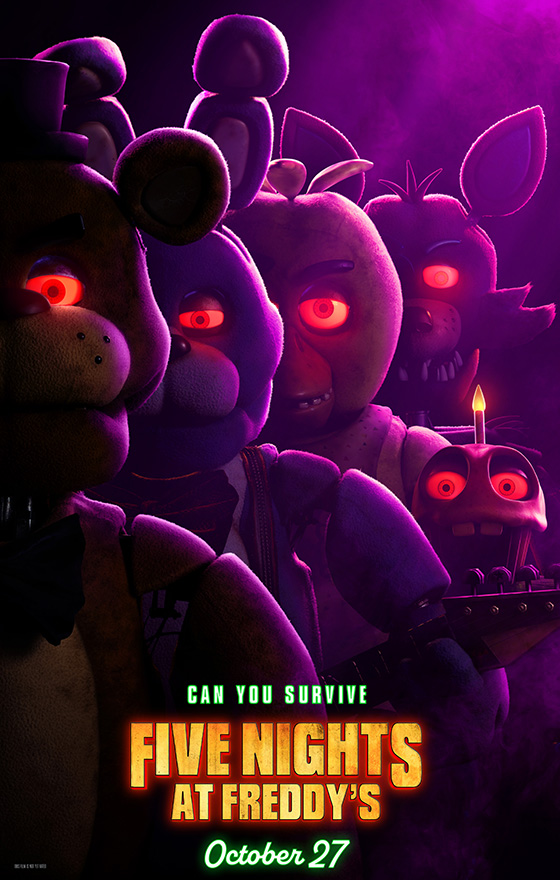
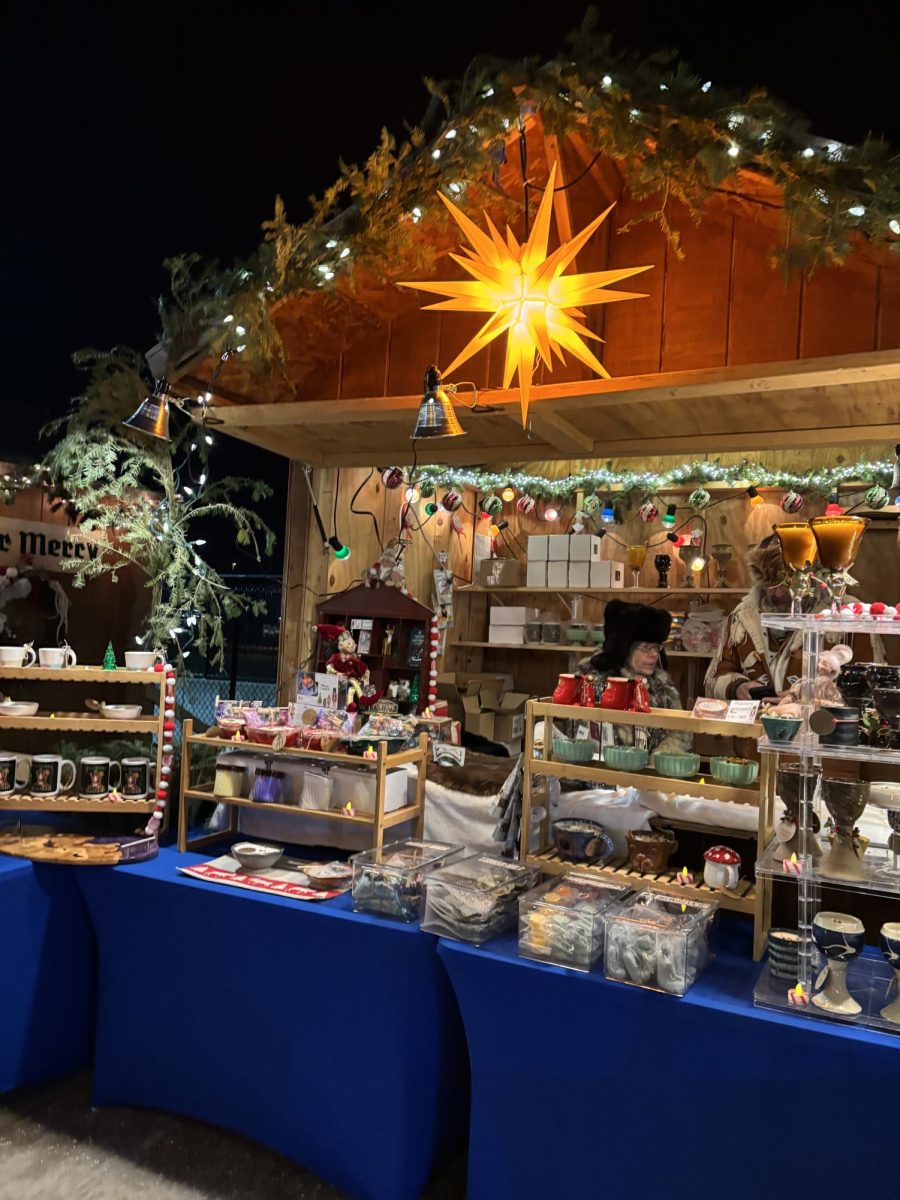
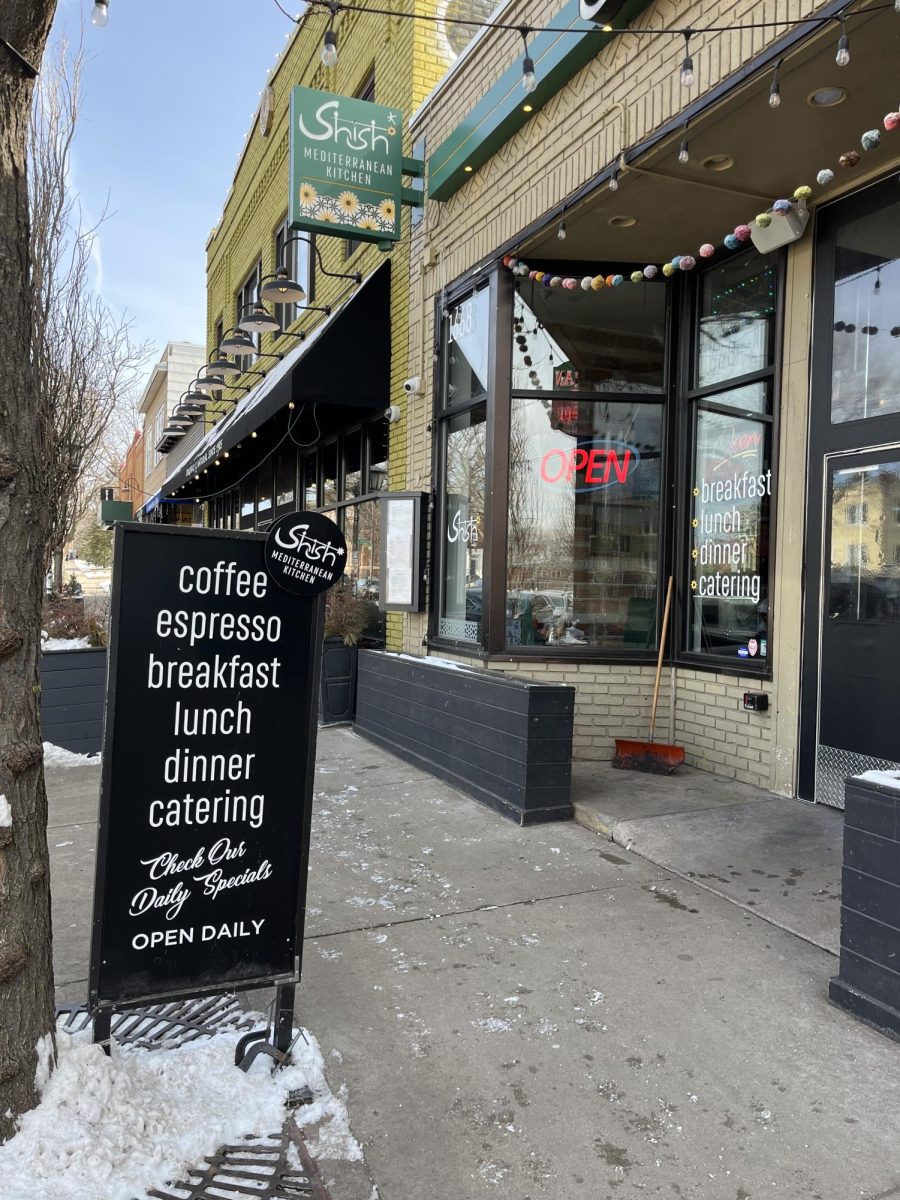
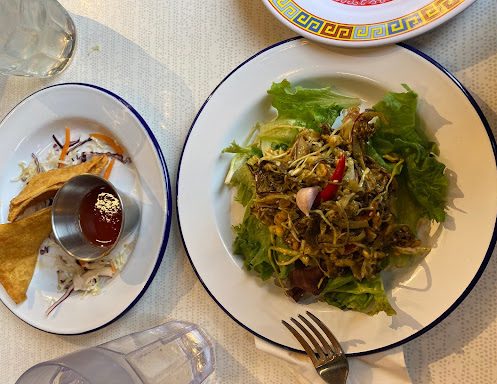
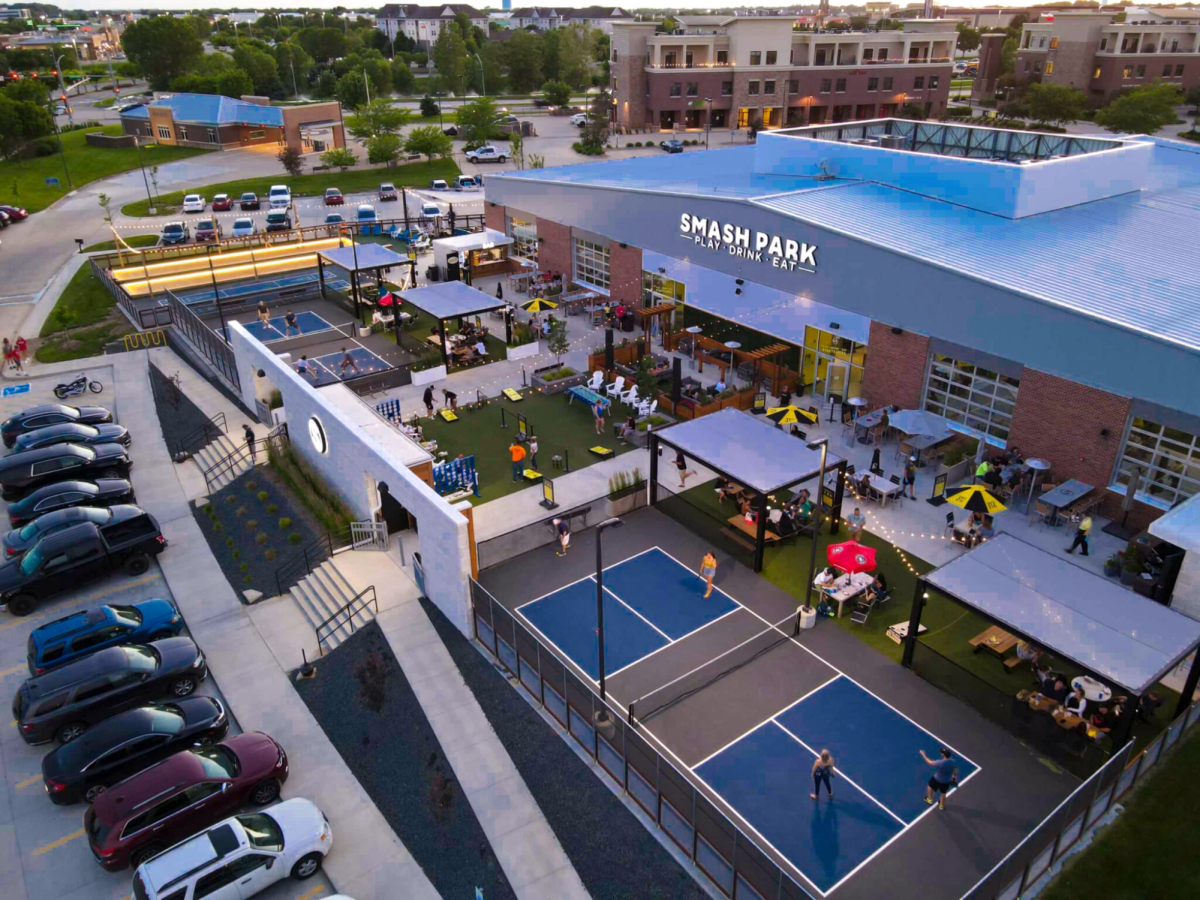


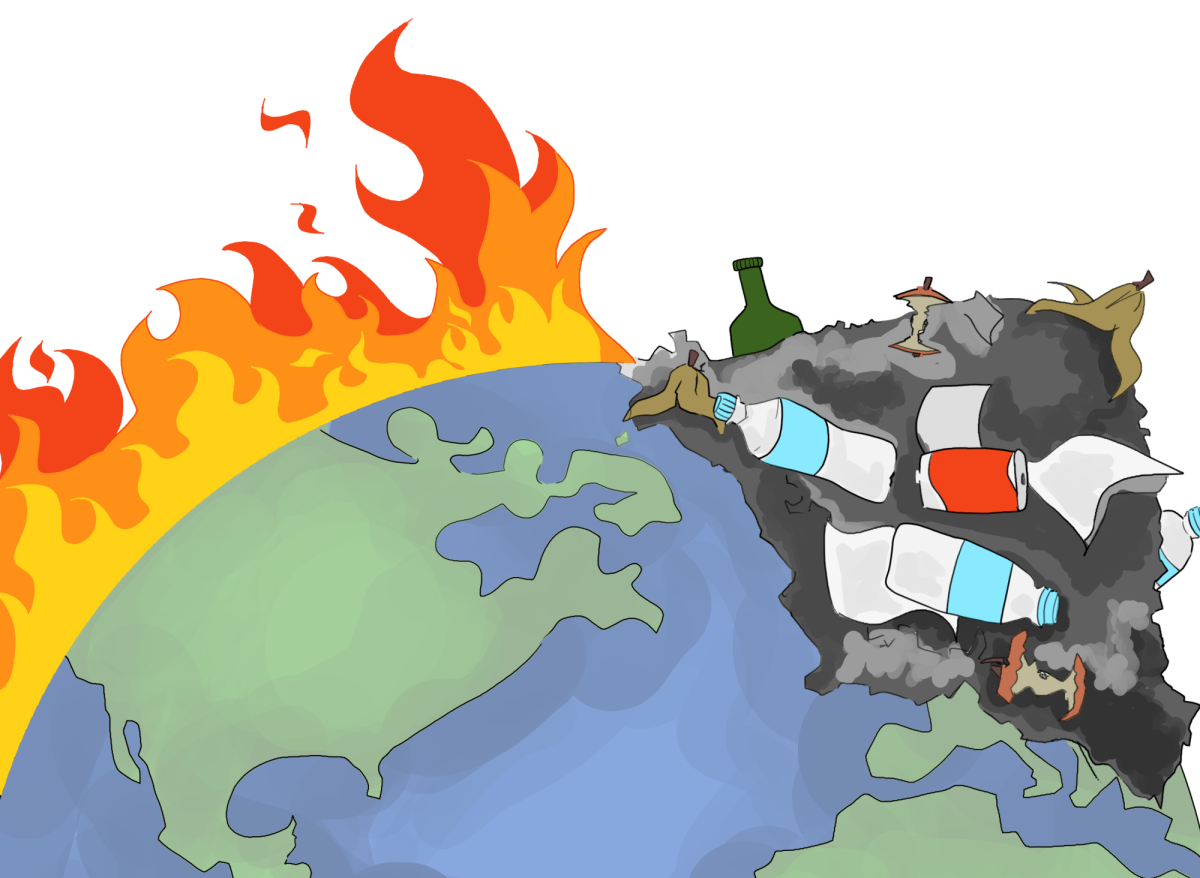
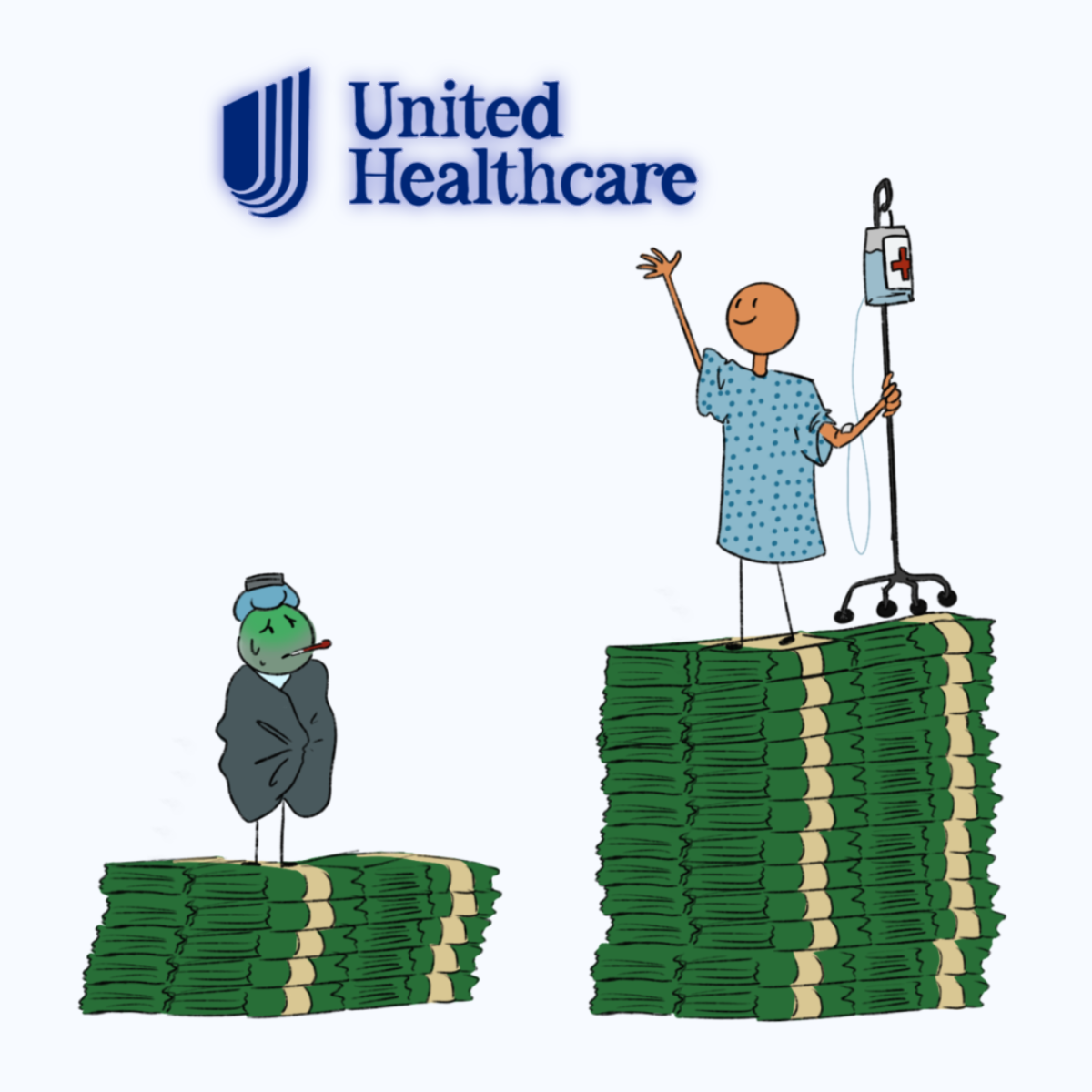

![[OPINION] The dark origins of TikTok's looksmaxxing trend](https://www.mvviewer.org/wp-content/uploads/2024/02/Copy-of-Copy-of-Untitled-Design-1200x675.png)
